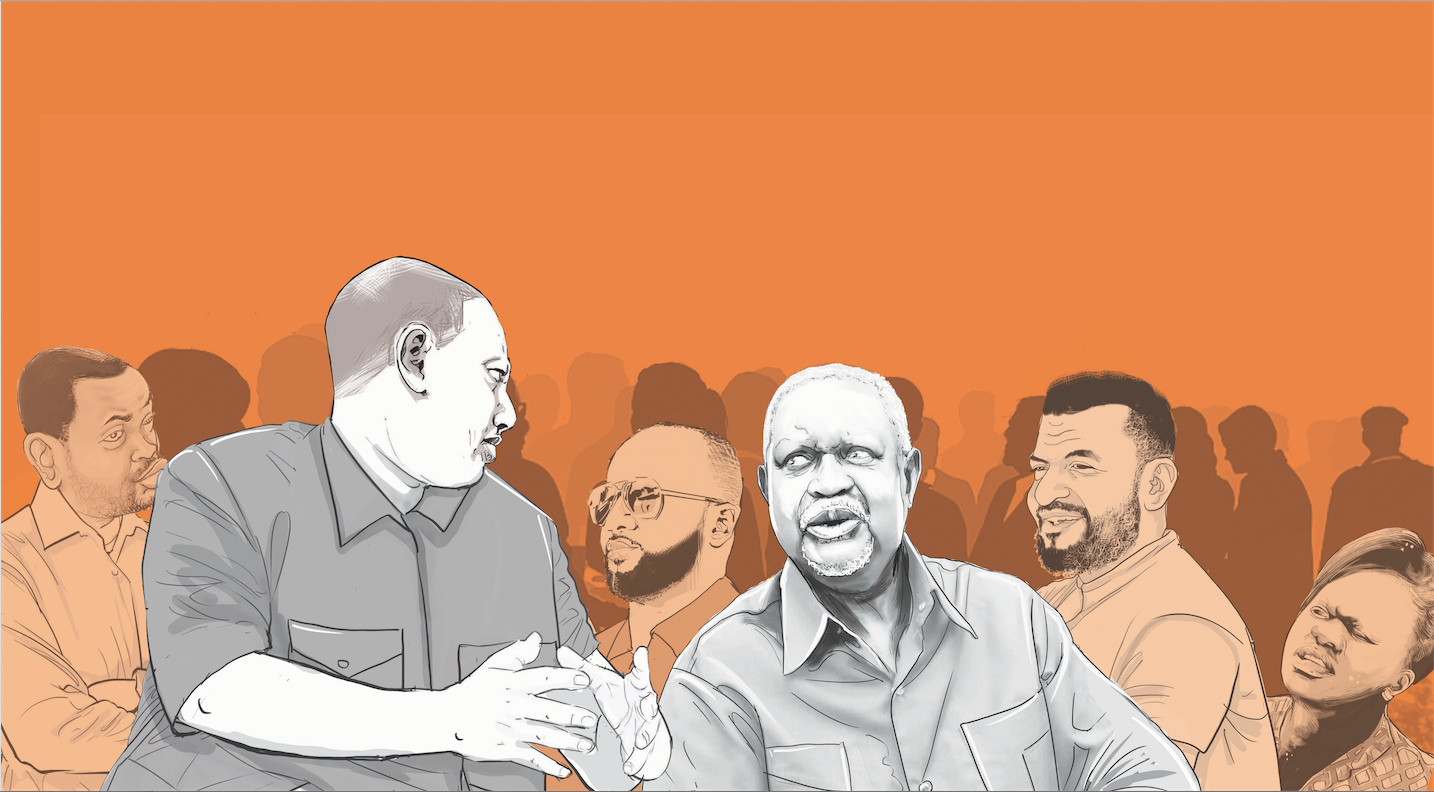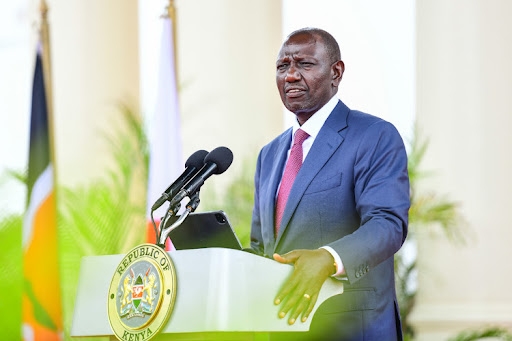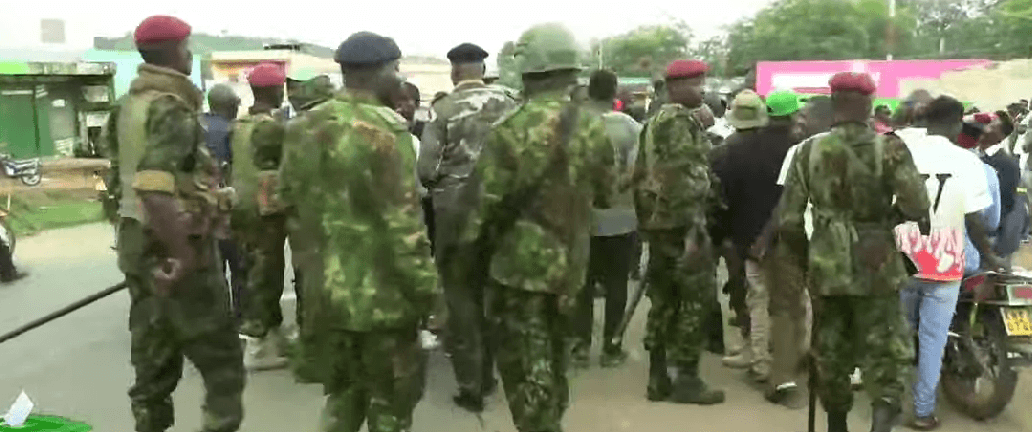
The ODM @20 anniversary celebration in Mombasa was not merely a political celebration; it was a moment of clarity in Kenya’s evolving landscape. The image of President William Ruto — a founding member of ODM — standing on an ODM platform was far from casual nostalgia.
It was a calculated, strategic signal that for 2027, ODM is not an auxiliary partner but the necessary engine of his re-election bid. And amidst the shifting sands of coalition politics, one truth emerged unmistakably: Ruto cannot win in 2027 without ODM, and he cannot secure ODM without the support of the Orange nation.
Ruto’s presence at the event was no courtesy call. It reaffirmed the broad-based government born out of the March 2025 memorandum of understanding with Raila Odinga. Initially viewed as a stabilising measure, the MoU has since evolved into the core of Ruto’s 2027 political strategy. By choosing to stand alongside ODM leadership at such a defining moment, the President was signalling a future intertwined with ODM’s influence, legitimacy and national reach.
At the heart of this alliance sits the Luo nation — loyal, vocal and politically indispensable. Siaya Senator Oburu Odinga articulated the community’s position with characteristic clarity, noting: “Our people are very honest…We are in this broad-based government to stay until 2027.” In framing this support as fidelity to Raila’s final political directive, Oburu underscored the community’s deep-rooted commitment. Few blocs in Kenya maintain such unwavering ideological loyalty.
But even loyalty has layers. Oburu acknowledged that “some people are grumbling”, echoing discomfort within sections of the community and the party.
The Luo nation remains loyal, yes — but also restless, carrying decades of political memory and emotional weight. This restlessness is not a weakness in the coalition; it is the centre of gravity that Ruto must understand, manage and stabilise if he intends to consolidate this crucial base.
For the President, the strategic arithmetic is straightforward. ODM is not merely another political party. It is an institutional machine — disciplined, structured and deeply embedded across the country. It offers organisational capacity, grassroots mobilisation and a loyal voter base unmatched by any other political formation at this moment.
Deputy party leader Abdulswamad Nassir captured this confidence when he declared that in 2027, ODM will “either be in government or be the government.” This assertion aligns seamlessly with Ruto’s own assurances that ODM will remain united, strong and central to the next administration.
In a political arena marked by fragmentation, generational shifts and fluid loyalties, ODM provides something increasingly rare: a stable national platform with emotional and historical capital. This makes the party indispensable to any serious presidential campaign — particularly one seeking broad legitimacy across traditional and emerging voter blocs.
The Mombasa celebration did more than honour 20 years of ODM’s existence. They revealed the emerging architecture of 2027. They exposed a political future rooted not in confrontation but in alignment — a fusion of interests, memories and ambitions. They demonstrated that the broad-based government is no longer a transitional arrangement, but rather the organising principle of Ruto’s re-election plan.
ODM is not a convenience. It is the foundation. The Orange nation is not a peripheral stakeholder. It is the axis. And Ruto’s presence in Mombasa was not symbolic. It was strategic.
If 2022 was the year of disruption, then 2027 is shaping up to be the year of realignment. The message from the coast was unambiguous: for Ruto, ODM is not just part of the 2027 equation — it is the bedrock upon which his political future must be built.
Strategic adviser, political commentator, and expert in leadership and governance













